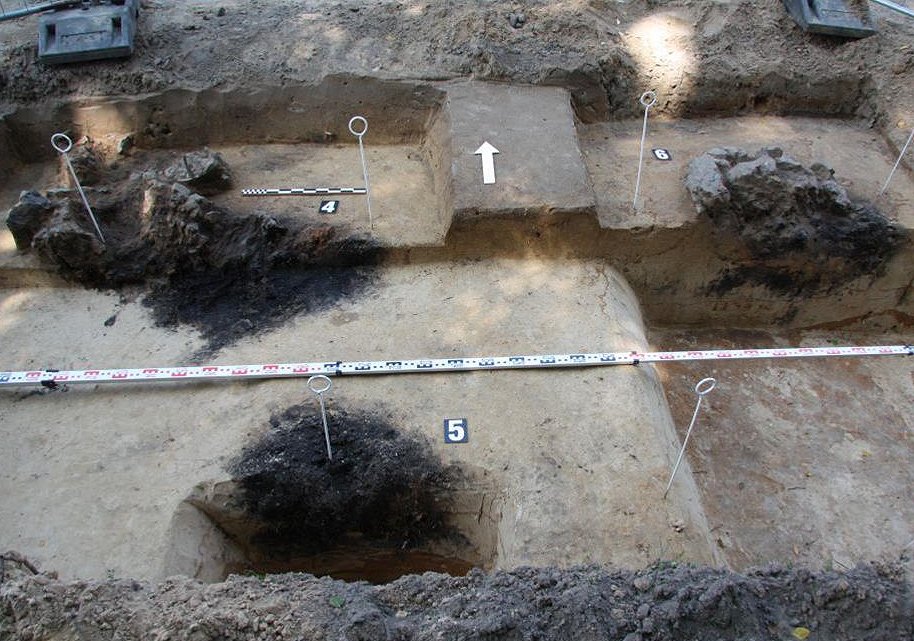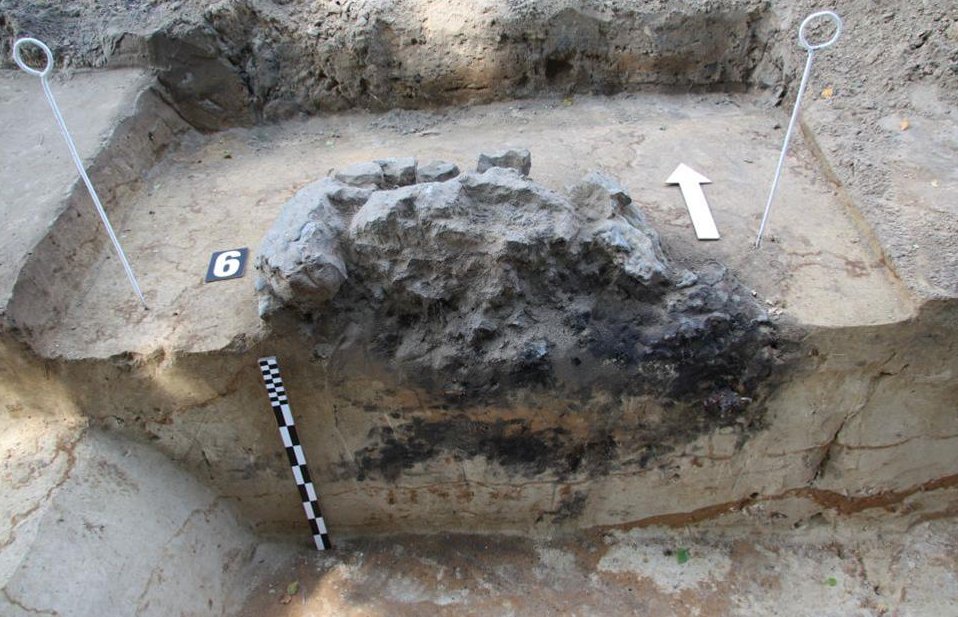MessageToEagle.com – One of the largest metallurgical centers of Europe – the Mazovia Metallurgical Center – has been discovered in Kanie village (Masovian Voivodeship), in east-central Poland.
The settlement with more than 70 ancient furnaces for iron smelting, the so-called ‘bloomeries’ had its metallurgical activity approximately 2 thousand years ago.

It is estimated that from the 2 BC to 4 AD as many as 150 thousand furnaces could be operated in the center.
The discovery was made in the then “barbarian” Europe – as the Romans called the inhabitants of this part of the continent, living outside the Empire.
‘Bloomeries’ were single-use furnaces, partially dug into the ground. chimneys protruding above ground level reached two meters in height. Smelting iron took about a day.
The temperature inside the furnace oscillated around 1200-1300 degrees Celsius – according to information provided by the archaeologist.

Today we discover only the recessed parts of the furnaces, pits filled with waste material, slag. The top part of the ‘bloomery’, clay shaft – was broken after completion of the smelting process to get to the iron obtained from bog iron,” said the PAP excavations leader, Dr. Tomasz Kołomański, in an interview for PAP.
Still not much is known about iron production technology from two thousand years ago because this activity has not been recreated yet.
“Today during the experimental attempts to smelt iron from bog iron, we are able to produce a lump of iron that fits in one hand, while the ancient metal workers obtained 20-30 kg of iron from 200 kg load” – explained Dr. Kołomański.
In addition to bloomeries, excavations have revealed the remains of large utility rooms with loom weights and clay spindle whorls, evidence of occupations related to handicraft, weaving and spinning.
Large amount of animal bones originating from cattle, pigs, sheep and goats, and even deer can say much about the diet of these ancient people, identified with the Vandals who are believed to have migrated from southern Scandinavia to Poland about 120 BC. Later, in the half of the 5th century, their representatives sacked and looted Rome.
MessageToEagle.com
References:






